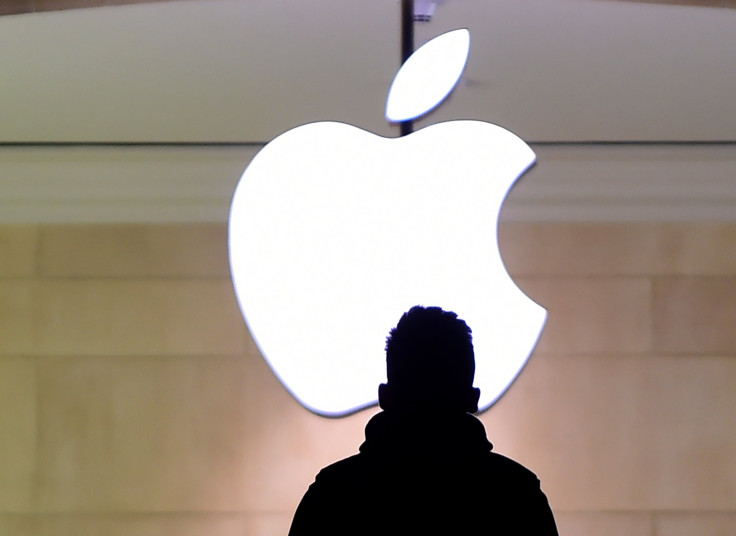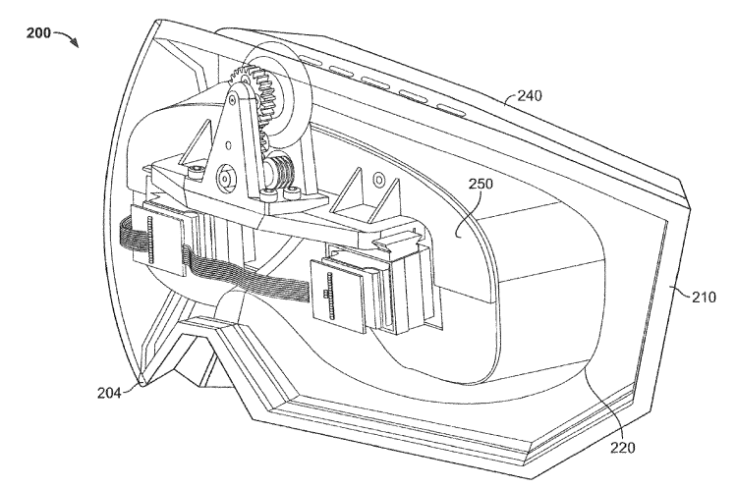Apple VR Rumors: What We Know So Far About Apple Inc.'s Virtual-Reality Headset Efforts

With iPhone sales flatlining, Apple is looking for its next big thing. And it may be looking to virtual reality to find it.
Officially, Apple hasn’t said that a VR project is even in the works. But with hundreds of people working on the project, its efforts have hardly been unnoticeable, according to the Financial Times. And Apple CEO Tim Cook has hardly dismissed the prospects of virtual reality becoming a mainstream tech. “In terms of virtual reality, no, I don't think it's a niche,” Cook said in response to a question during a January earnings call. “I think it can be — it’s really cool and has some interesting applications.”
While Apple is exploring virtual reality, a number of its acquisitions also support a related technology, augmented reality.
Virtual and augmented reality are two related but different takes on head-mounted display technology. With virtual reality (VR), a head-mounted display is used to fully immerse its user in a 3D environment. Augmented reality (AR) instead overlays computer-generated images on top of real-world objects, similar to the display a jet pilot sees when in flight. Here’s a look at what we know about its efforts so far:
Patents

While Apple hasn’t explicitly said it’s working on a virtual-reality gadget, the company has a number of patents that show it has at least toyed around with the concept. Three of its patents directly reference the use of a head-mounted display in various ways such as through an iPhone’s display or a dedicated head-mounted gadget. Apple’s in-house patent portfolio for head-mounted displays goes as far back as 2006.

In addition to its own VR tech, Apple acquired a number of patents when it purchased 3D sensor company PrimeSense in 2013. The Israel-based company was behind the first Kinect motion-tracking device for Microsoft’s Xbox 360. Its technology could be used in a number of applications, such as motion tracking and controlling on-screen objects via hand gestures.
Hires
Apple has hundreds of employees working on its virtual-reality project, according to the Financial Times. While it's not known exactly which staff members are working on the project, some of Apple's hires over the past year have pointed towards its VR efforts.
In August, Apple recruited former Microsoft employee Nick Thompson to the company. Prior to his appointment, he worked on Microsoft’s HoloLens augmented-reality project as lead audio hardware engineer. Thompson had also previously worked at Apple between 2001 and 2008, managing Mac software and audio processing teams. In January, Apple also recruited Doug Bowman, a computer science professor at Virginia Tech, where he focused on 3D interface design and immersion of virtual environments.
Acquisitions
Apple has also purchased a number of companies which could be used to help it in its virtual- and augmented-reality efforts. The most recent acquisition in January was FlyBy Media, an augmented-reality company that specialized in indoor mapping, autonomous navigation for drones and vehicles and 3D motion tracking. That same month, Apple purchased Emotient, a startup that uses facial recognition to read people’s emotions, according to the Wall Street Journal.
In November, Apple purchased Faceshift, a Swiss company that specialized in motion-capture graphics. It was most recently used to aid the film production of “Star Wars: The Force Awakens.” And in May, Apple also purchased Metaio, an augmented-reality startup which used smartphones and tablets to create virtual product showrooms.
As with many of Apple’s rumored products, it’s unknown when the company plans to debut the new gadget. But in any case, it’s playing a game of catchup as a number of competitors are set to launch their own virtual- and augmented-reality projects in 2016, including Facebook Oculus, PlayStation VR, HTC Vive and Microsoft HoloLens. Google is also working on an upgraded Cardboard virtual-reality set and a standalone VR set of its own.
© Copyright IBTimes 2024. All rights reserved.





















